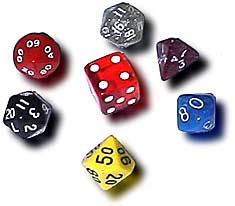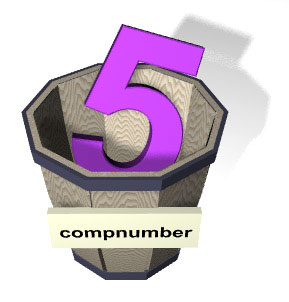The key, the focus, the very heart of the guess-a -number-game is the picking of a number between one and ten.
And, since the game would get (more) very boring if the number was always the same, we need to pick a number at random, or more to the point, the computer needs to pick a number at random.*
There is a command in LScript to do just that. Once again, I urge you to download the documentation for LScript, which can be found on the Newtek Website. Be sure to check out Appendix B for more LScript resources.

